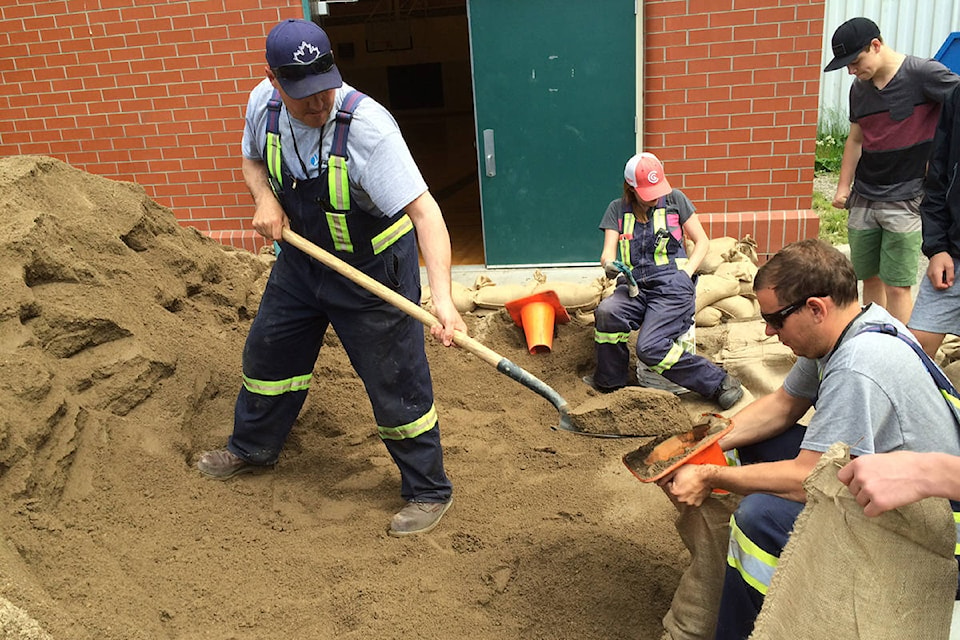Lake Country was not immune to the flooding that struck the Okanagan last spring.
In May, property owners along Bottom Wood Lake Road from Berry Road to Wood Lake dug trenches and sandbag barriers to deal with the overflow that overwhelmed Duck Lake.
Residents were also placed on evacuation alerts along Bottom Wood Lake Road, Deldor Road, Seymor Road, Reimche Road and Woodsdale Road if flooding worsened along Middle Vernon Creek.
Related: 2017’s Top Stories: Walk the Beach in Kelowna
Evacuation orders were given for the area around Tween Lakes and for properties near Wood Lake because of the high waters. Holiday Park was also heavily affected.
Flooding also compromised the Oyama Lake and Beaver Lake water supply, leaving the municipality to rely completely on the lower valley lakes for domestic uses of water, from turning on the tap to flushing the toilet.
While the extreme flood warning status continued to be issued by the regional Emergency Operation Centre, the shift in concern turned to the valley bottom lake levels rising, flushed up by the torrential spring runoff and the higher elevation snowpack still not melted.
Duck Lake and Wood Lake exceeded their normal maximum depth levels, raising potential flood issues for lakefront residents. That concern carried over to Kalamalka Lake and Okanagan Lake.
Lake Country parks staff improvised an idea to enhance dock protection by filling a series of garbage cans with water locked together by duck tape and bungy cord straps for the public boat launch dock on the Okanagan Centre shore of Okanagan Lake.
Erosion caused by the flushed out waterways upstream added debris in Wood Lake, which concerned boaters and also lakeside residents with docks.
Flood erosion in the upper Wood Lake watershed sent spring runoff pouring downstream ultimately into Duck Lake.
Boating was not recommended on Central Okanagan lakes because of the amount of debris that stayed in the waters for months. The Okanagan Centre Safe Harbour suffered damage and was closed for a long period.
The Central Okanagan Emergency Service Centre sent the province a $20 million bill to cover local costs of responding to the spring and early summer flooding which did not cover damage to public infrastructure and private property.
Lake Country’s flooding cleanup was estimated to cost $1.7 million.
To report a typo, email: edit@kelownacapnews.com.
@KelownaCapNews
newstips@kelownacapnews.com
Like us on Facebook and follow us on Twitter.
